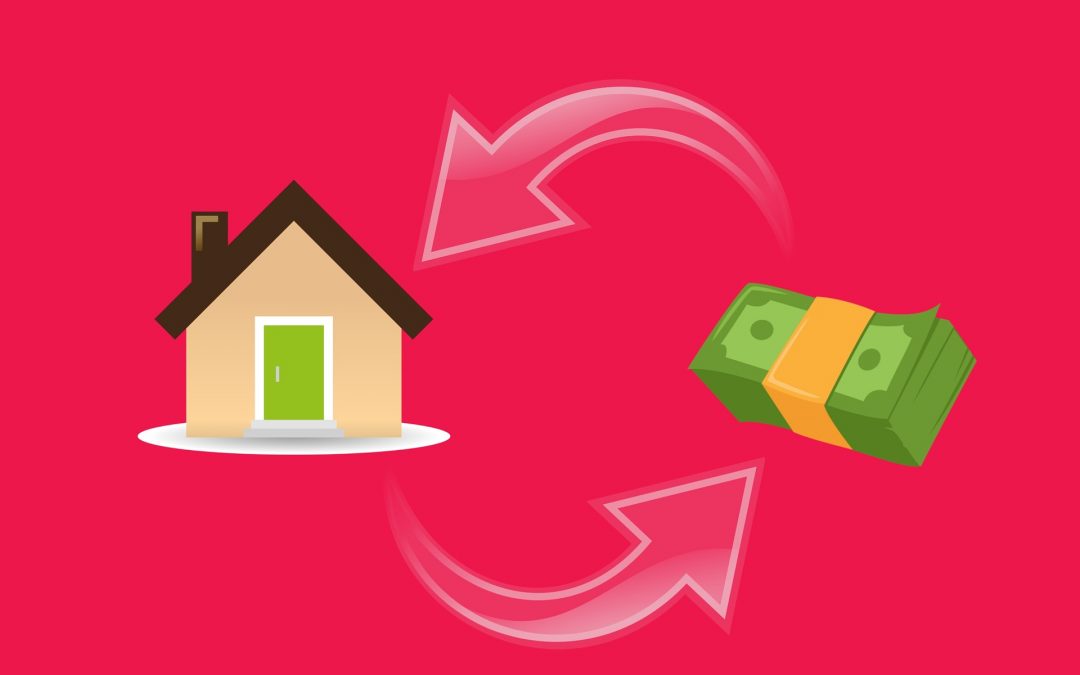When a mortgage application is in place, a lender will look into the debt-to-income ratio as a vital measuring stick. You may have stable earnings, make timely payments on bills, and have a great credit score, but that’s not all a lender will consider. If you have debt payments on a monthly basis that take up a considerable chunk of your income, that will also count towards whether or not you’re seen as capable of taking on a mortgage.
Debt-To-Income Ratio
Sometimes abbreviated as DTI, the debt-to-income ratio plays a role that’s just as important as a credit score when it comes to mortgage application. While it’s key to have at least a good credit score in order to qualify for the best mortgage rate, the bigger picture of the financials shouldn’t be discounted.
Calculations
No matter what kind of loan is in question, it’s possible for you to calculate your DTI ratio before application. There are two kinds of ratios that are evaluated by lenders:
- Front-End Ratio: This is also called a housing ratio, which shows the part of your income meant for housing expenses. That includes mortgage payment on a monthly basis, homeowners insurance, property taxes, and if applicable, homeowners association fees.
- Back-End Ratio: This paints a clear picture of exactly how much income is needed for monthly debt obligations to be covered. Housing expenses such as mortgage are included here, alongside child support, auto loan, student loans, credit cards, and other debts. This ratio does not account for living expenses such as groceries, utilities, and more.
While the DTI is usually defined by way of the back-end ratio, when a lender looks into the DTI of a borrower, they generally refer to both ratios.
For a front-end ratio to be calculated, the equation is:
[Monthly Housing Expenses] / [Gross Monthly Income] x 100.
So if housing-related expenses are at $1,800 and gross monthly income comes to around $6,000, the DTI is around 30 percent.
For a back-end ratio to be calculated, the equation is:
[Monthly Debt Payments] + [Housing Expenses] / [Monthly Gross Income].
As an example, let’s assume you have the following expenses:
- Car loan: $500
- Credit card bills: $200
- Student loans: $150
That adds up to $850, which in combination with the previous monthly housing expense example of $1,800 gives everything a grand total of $2,650 in terms of debt. Based on the $6,000 monthly income figure, that makes the back-end ratio 44 percent.
Ideal DTI
When it comes to the front-end ratio, lenders are looking at a maximum of 28 percent as the ideal. On the other side of things, the back-end ratio and all its monthly debts should not surpass 36 percent. However, in truth, lenders can accept higher ratios depending on factors such as down payment size, credit score, and savings.
Conclusion
People always look for the lowest mortgage rates and forget lenders look into debt-to-ratio as well. This is typically divided into front-end ratio and back-end ratio. Ideally, 28 percent is the maximum for the front-end, while the back-end shouldn’t go beyond 36 percent.
Are you looking for a reliable house payment calculator? Get in touch with paloRATE today! We aim to provide home loans to our clients in Washington while offering them competitive interest rates and closing costs.






